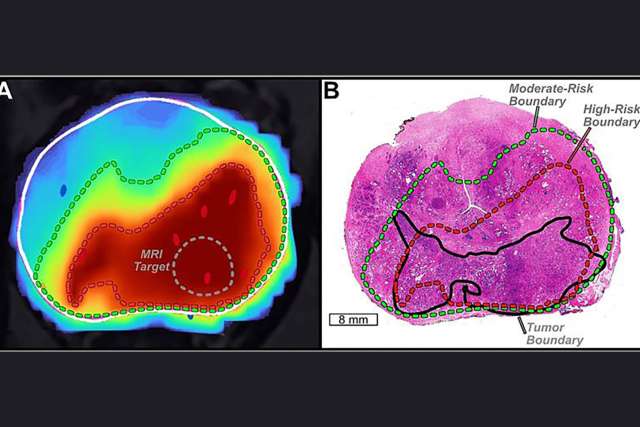FINDINGS
In 2022 overdose deaths declined among white Americans, while they continued to rise sharply for all other groups. By that year overdose deaths among Native and Black Americans in the United States rose to 1.8 and 1.4 times respectively the rate of white Americans. A new study says this is likely due to societal priorities like access to the best care and not differences in drug use. The highest rates were among Black Americans 55 to 64 years of age and Native Americans 25 to 44 years of age. Hispanic individuals are experiencing faster growth than non-Hispanics.
BACKGROUND
The “Fourth Wave” of the nation’s overdose crisis, which is characterized by the use of fentanyl combined with stimulants and other synthetic substances, has driven escalating racial/ethnic inequalities in overdose deaths. But the question remains: why is it affecting these groups at such elevated rates compared with white Americans?
METHOD
Authors provide in-depth analysis of population-level death records from CDC WONDER, describing all overdose deaths occurring in the US between 1999 and 2022, separately by race, age, state, and substance involved.
IMPACT
The researchers suggest the explanation may lie in what is known as the “Fundamental Cause Theory,” which posits that new technologies and treatments typically favor more privileged groups first, which widen inequalities unless the underlying social determinants are not addressed. As a result, interventions intended to reduce drug addiction and overdose deaths that do not also address these inequalities will unintentionally widen these disparities.
COMMENT
“Our results suggest that racial disparities in the US overdose crisis have sharpened widely in recent years” said study lead author Joseph Friedman, an addiction researcher at the David Geffen School of Medicine at UCLA. “We are starting to see overdose deaths actually decrease among white communities, but they continue to rise among Black and Native Americans.”
“This suggests that everything our country is doing to combat the crisis—like making addiction care more available—may not be reaching the communities most at risk,” added senior author Dr. Helena Hansen, professor and interim chair of Psychiatry and Biobehavioral Sciences at the Geffen School. “Moving forward it’s essential that we tailor programs to address mental health and substance use specifically to reduce inequalities. That means led by members of the community being served, designed in a culturally relevant way, and taking into account how factors like unequal housing, employment, income, and incarceration rates drive these poor health outcomes.”
AUTHORS
Additional author is Dr. Max Jordan Nguemeni Tiako of Brigham and Women’s Hospital in Boston.
JOURNAL
The paper is published in the American Journal of Psychiatry
FUNDING
UCLA Medical Scientist Training Program (National Institute of General Medical Sciences training grant GM008042).




